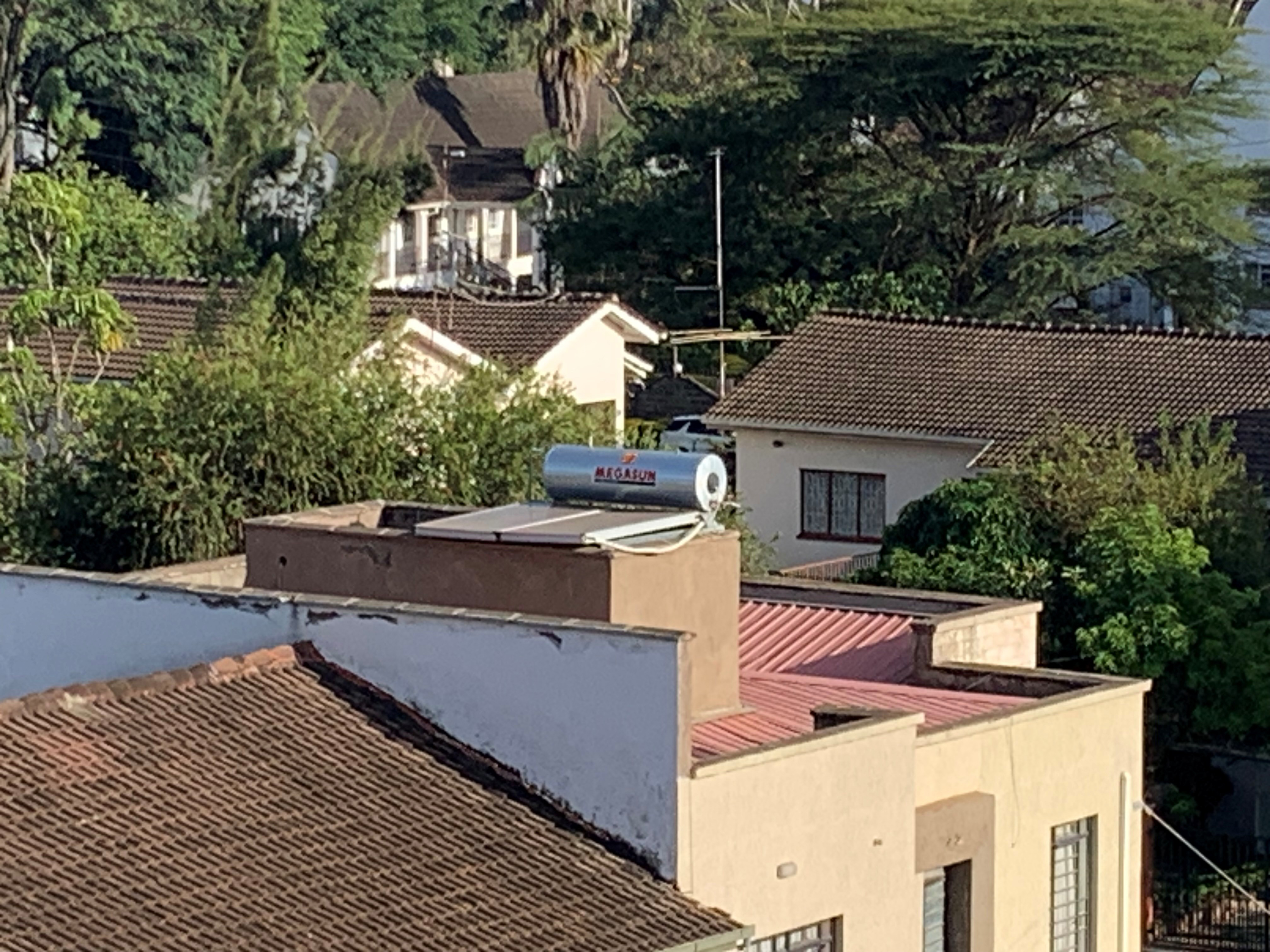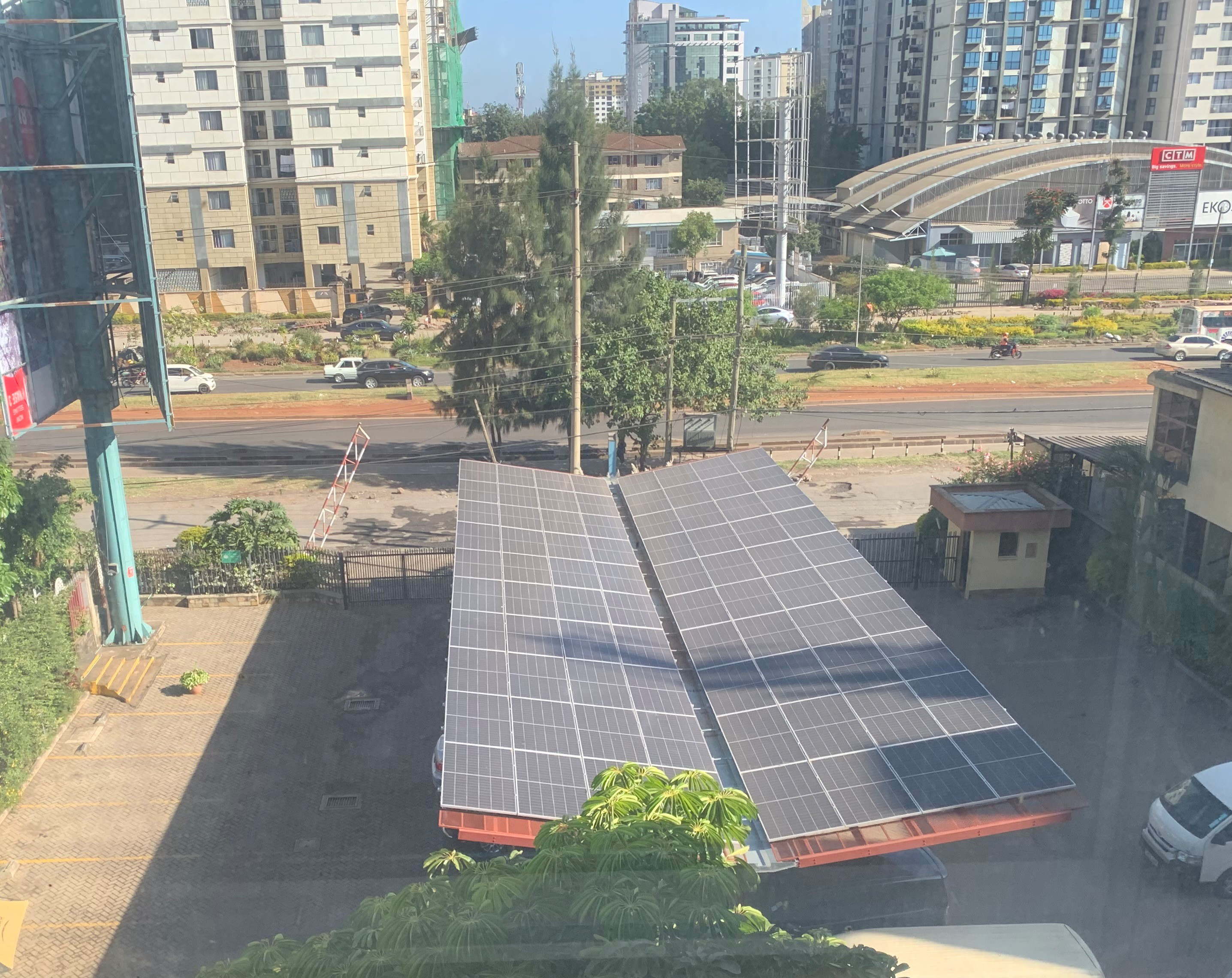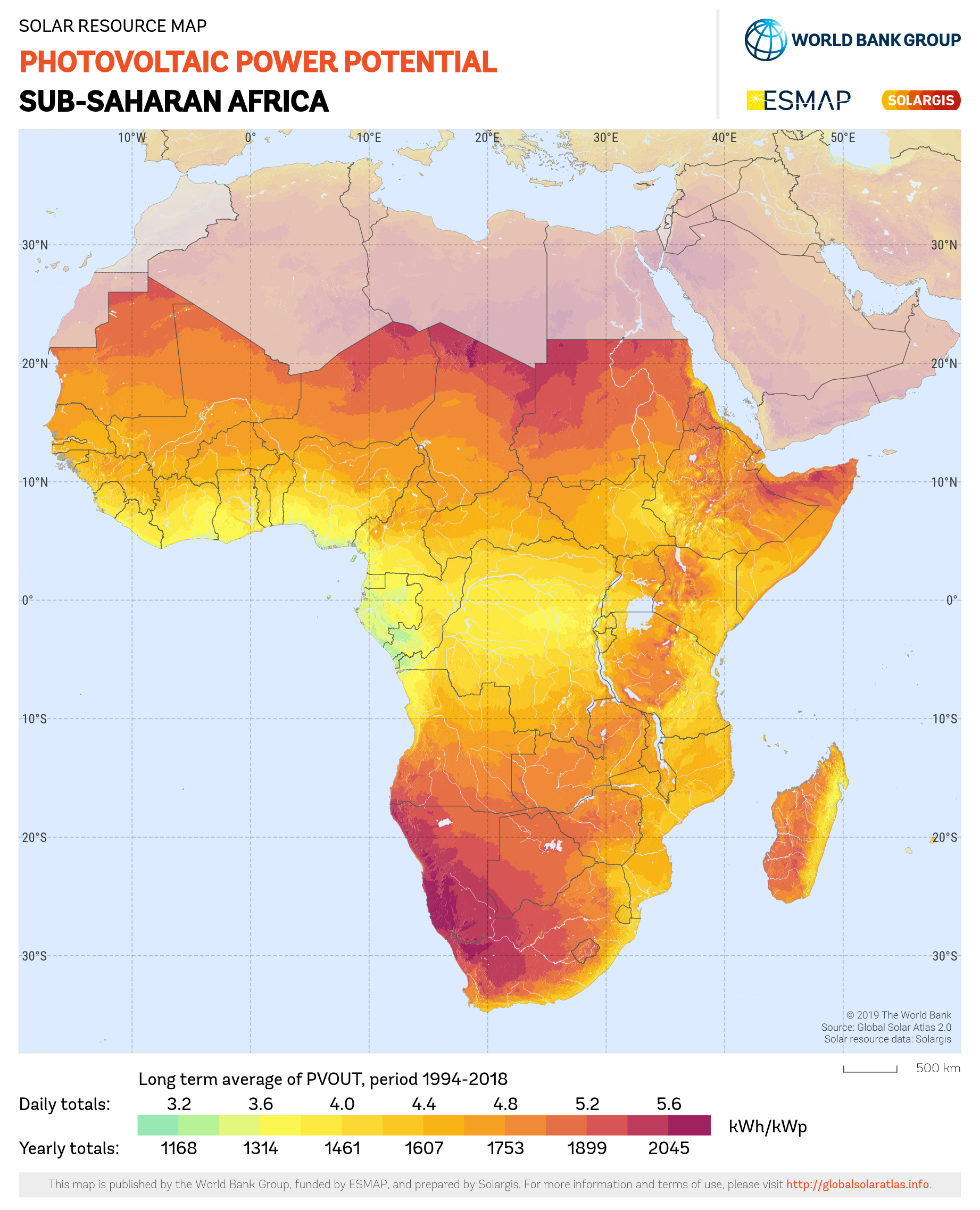The Sun is Shining on the African Continent
This month, I would like to direct your attention towards the vast solar potential of the African continent, and highlight the opportunities for innovation that may result from attempting to collect solar energy for the benefit of all communities. I recently returned from a Kenya Project meeting for the EU-financed project EPIC Africa [1] during which I was reminded that “going solar” can be as simple as a single solar hot water heating system. Supported by the Kenya’s Solar Hot Water Heating regulations [2], it is a common sight around the Nairobi area where we stayed. Can we hope for a future where such solutions are founded in the basic planning of a community? Where harnessing the sun for hot water is “eventually the only option” that comes to mind. Why not?! It makes sense, and as a community adopts this technology, visioning that the sun can also provide electricity may not be so far-fetched of a thought. The ball is rolling, and momentum is gaining, which is highly inspiring to the rest of the world.


Photos of solar energy installations taken in Kenya by Prof. Martin during her trip
In its Africa Energy Outlook of 2022, the IEA concludes that electricity from renewables will be crucial for the economic development of the continent – their Sustainable Africa Scenario suggests 80% renewable capacity by 2030, with solar, wind, hydropower and geothermal power in a mix [3]. A closer look at the African solar potential is taken by ESMAP [4] in their report on Global Photovoltaic Power Potential. Here, some key indicators for the potential are brought forward, such as: the long-term average PV output being in the order of 4.5 kWh output per kWp installed – the highest in the world; Ethiopia needing only 0.003 % of its land area for PV to satisfy its annual demand; and estimated LCOE for utility scale PV Power plants around 100 USD/MWh (25 year life expectancy, based on 2020 economic conditions).
Such solar energy potential brings hope for reaching the UN SDG7 and all its targets: “… affordable, reliable, sustainable, and modern energy for all” [5].
Of course there are many challenges ahead, like creating awareness of the solar potential, getting access to financing, as well as local know-how for project implementation, maintenance, and end-of-use recycling of components. In these challenges lies also the opportunity for innovation. I am looking forward to following the solar developments in Africa, and am confident that many superb innovations will result.
The International Solar Energy Society, ISES, is hopeful to contribute in several ways where some examples are:
- bringing science closer to practitioners in our upcoming Solar World Congress 2025;
- supporting young professionals in developing their ideas throughout studies via our InCoRE education initiative;
- and facilitating a global, solar network of actors.
As a member, you are supporting the cause and it would be wonderful to see you join actively. Please know that contributions can come in many forms, small and large. We especially reach out to solar and sustainable energy initiatives across the African continent to connect -- stay together for impact.
Warm wishes for plenty of sun in your eyes, and energy to act.

Photovoltaic Power Potential/Sub-Saharan Africa obtained from the “Global Solar Atlas 2.0, a free, web-based application is developed and operated by the company Solargis s.r.o. on behalf of the World Bank Group, utilizing Solargis data, with funding provided by the Energy Sector Management Assistance Program (ESMAP).
For additional information: https://globalsolaratlas.info
Open image in a new tab to see larger image.
References
- EU-financed project EPIC Africa: European Union. (n.d.). EPIC Africa Project. Retrieved from https://www.epic-africa.eu.
- Kenya’s Solar Hot Water Heating regulations: Republic of Kenya. (n.d.). Kenya Solar Water Heating Regulations. Retrieved from https://www.energy.go.ke.
- International Energy Agency (IEA) Africa Energy Outlook 2022: International Energy Agency (IEA). (2022). Africa Energy Outlook 2022. IEA. Retrieved from https://www.iea.org/reports/africa-energy-outlook-2022.
- ESMAP report on Global Photovoltaic Power Potential: Energy Sector Management Assistance Program (ESMAP). (2021). Global Photovoltaic Power Potential. The World Bank. Retrieved from https://www.esmap.org.
- UN Sustainable Development Goal 7 (SDG 7): United Nations. (2015). Sustainable Development Goal 7: Ensure access to affordable, reliable, sustainable, and modern energy for all. Retrieved from https://sdgs.un.org/goals/goal7.
